Home>Gardening & Outdoor>Pool & Spa Care>How To Change Hot Tub Water
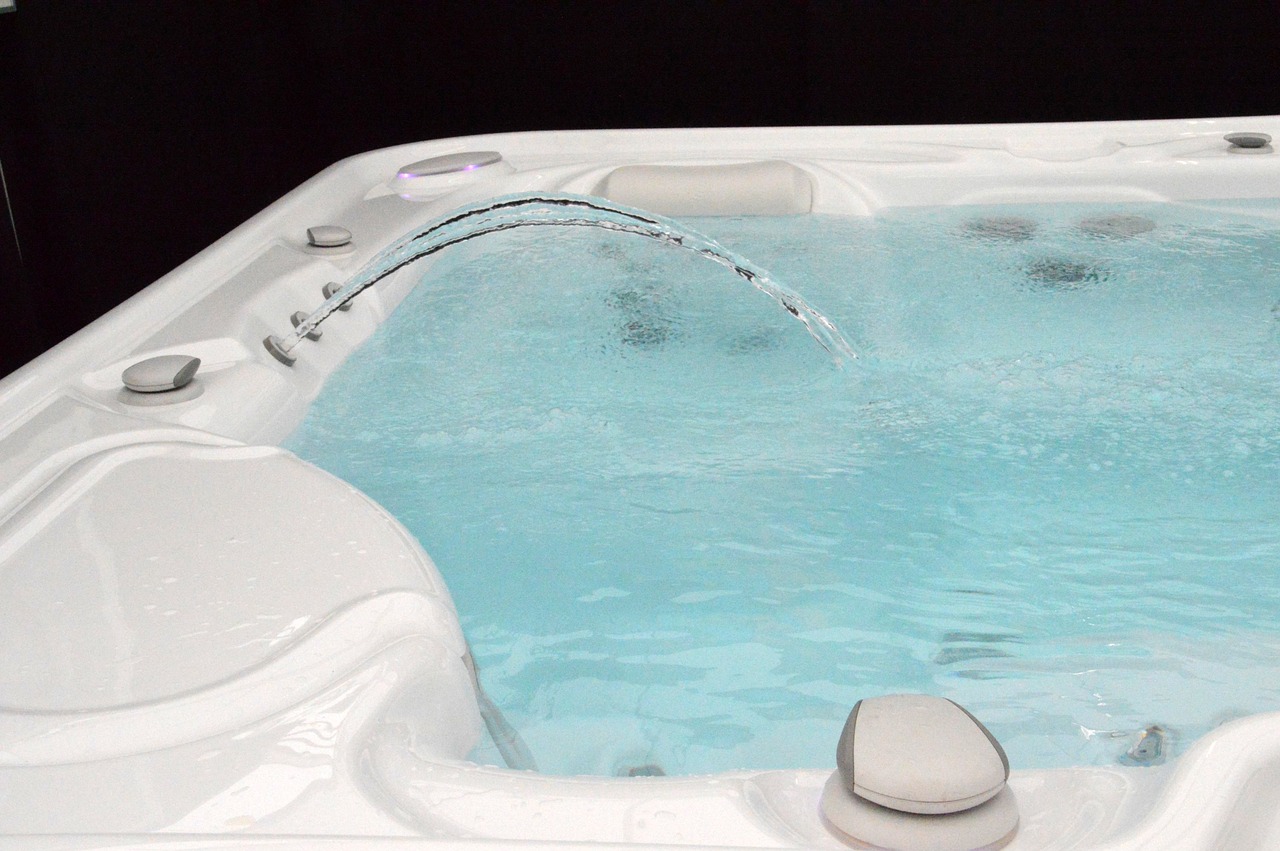

Pool & Spa Care
How To Change Hot Tub Water
Modified: February 26, 2024
Learn the step-by-step process for changing hot tub water and maintaining optimal pool and spa care. Keep your hot tub clean and safe with these expert tips.
(Many of the links in this article redirect to a specific reviewed product. Your purchase of these products through affiliate links helps to generate commission for Storables.com, at no extra cost. Learn more)
Introduction
Owning a hot tub is a luxurious and relaxing experience, but it comes with the responsibility of proper maintenance. One of the most crucial aspects of hot tub care is changing the water regularly. This process not only ensures a clean and hygienic environment but also contributes to the longevity of your hot tub and the health of its users.
In this comprehensive guide, we will walk you through the step-by-step process of changing the water in your hot tub. From draining and cleaning to refilling and balancing the water chemistry, we will cover everything you need to know to maintain a safe and enjoyable hot tub experience.
So, roll up your sleeves, gather your supplies, and let's dive into the rejuvenating world of hot tub maintenance!
Key Takeaways:
- Regularly changing hot tub water ensures a clean and safe environment for relaxation, promoting longevity and user health.
- Proper maintenance, including thorough cleaning and water chemistry balancing, is essential for maximizing hot tub lifespan and enjoyment.
Read more: How To Change Water In Bullfrog Hot Tub
Draining the Hot Tub
Before beginning the water change process, ensure that the hot tub is turned off and unplugged from the power source. This step is crucial for safety and to prevent any damage to the hot tub's components.
1. Locate the Drain Valve: Most hot tubs are equipped with a drain valve, typically located near the bottom of the tub. Attach a garden hose to the drain valve to direct the water to a suitable drainage area. If your hot tub does not have a drain valve, you can use a submersible pump to remove the water.
2. Open the Drain Valve: Once the hose is securely attached, open the drain valve to allow the water to flow out. Depending on the size of your hot tub, this process may take some time. While the water is draining, take the opportunity to inspect the interior surfaces for any signs of buildup or damage.
3. Flush the System: After the majority of the water has drained, it's beneficial to flush the hot tub's plumbing system. Fill the tub with a few inches of water, add a specially formulated plumbing cleaner, and run the jets for 15-20 minutes. This helps remove any residual contaminants and ensures a thorough cleaning of the internal plumbing.
4. Complete the Drainage: Once the plumbing has been flushed, resume draining the remaining water until the hot tub is completely empty. Take care to remove any remaining water from the footwells and seats using a wet vacuum or towels.
By following these steps, you can effectively drain your hot tub, setting the stage for the subsequent cleaning and refilling process.
Cleaning the Hot Tub
With the hot tub drained, it's time to focus on cleaning the interior surfaces and components to maintain a pristine and hygienic environment.
1. Surface Cleaning: Use a non-abrasive, spa-specific cleaner to scrub the interior surfaces of the hot tub. Pay close attention to the waterline, as this area is prone to buildup from oils, lotions, and other contaminants. Additionally, clean the filter cartridge thoroughly or consider replacing it if it is showing signs of wear or reduced efficiency.
2. Inspect and Address Buildup: Take this opportunity to inspect the hot tub for any stubborn buildup or scale. For mineral deposits, a mixture of vinegar and water can be applied to affected areas and gently scrubbed to remove the buildup. For more stubborn scale, a dedicated scale remover can be used, following the manufacturer’s instructions carefully.
3. Clean the Cover: The hot tub cover also requires attention. Use a mild detergent and water to clean the cover, ensuring that all dirt, debris, and residues are removed. Rinse thoroughly and allow it to dry completely before placing it back on the hot tub.
4. Sanitize the Interior: After cleaning the surfaces, use a spa-safe sanitizer to disinfect the entire hot tub. This step is crucial for eliminating bacteria and maintaining a safe environment for soaking. Follow the product instructions for the appropriate dosage and application method.
5. Addressing Aromatherapy Residue: If you use aromatherapy products in your hot tub, ensure that any residual oils or fragrances are thoroughly removed during the cleaning process. Residues from these products can accumulate and affect water quality if not properly addressed.
By diligently cleaning the hot tub's interior, filter, and cover, you can ensure that the environment remains inviting, safe, and free from contaminants. This sets the stage for refilling the hot tub with fresh, clean water.
Refilling the Hot Tub
After completing the draining and cleaning process, it's time to refill the hot tub with fresh, clean water. This step is essential for restoring the hot tub to its optimal operating condition and preparing it for the subsequent water chemistry balancing.
1. Water Source Selection: When refilling your hot tub, it's important to use a clean and reliable water source. While most homeowners use their garden hose for refilling, ensure that the hose is free from contaminants and has been flushed before use. Alternatively, if your water quality is a concern, consider using pre-filtered water from a dedicated source.
2. Fill the Hot Tub: With the hose connected to the water source and the hot tub's filter in place, begin filling the hot tub. Ensure that the water level reaches the appropriate height, typically above the jets but below the top edge of the tub. Avoid overfilling, as this can lead to water displacement when users enter the hot tub.
3. Run the Jets: Once the hot tub is filled to the desired level, turn on the jets to help circulate the water and remove any trapped air from the plumbing lines. This step also aids in distributing the water treatment products evenly throughout the hot tub.
4. Monitor the Water Level: As the hot tub fills, periodically check the water level to ensure it remains within the recommended range. Adjust the flow of the hose as needed to maintain the appropriate water level.
5. Prime the Filtration System: After the hot tub is filled, it's important to prime the filtration system by allowing the water to circulate for a few minutes. This helps ensure that the filter is fully saturated and ready to begin its essential role in maintaining water clarity and cleanliness.
By following these steps, you can effectively refill your hot tub, setting the stage for the crucial process of balancing the water chemistry to ensure a safe and enjoyable soaking experience.
To change hot tub water, first, turn off the power. Then, drain the water using a hose. Clean the tub with a non-abrasive cleaner. Finally, refill the tub with fresh water and balance the chemicals.
Balancing the Water Chemistry
Once the hot tub is refilled, the next critical step is to balance the water chemistry. Properly balanced water not only enhances the comfort and safety of soaking but also contributes to the longevity of the hot tub's components.
1. Test the Water: Begin by testing the freshly filled water using a reliable water testing kit. This will provide essential information about the water's pH level, alkalinity, and sanitizer concentration. Based on the test results, you can determine the necessary adjustments to achieve balanced water chemistry.
2. Adjust pH and Alkalinity: If the test reveals that the pH or alkalinity levels are outside the recommended range, use pH increaser or decreaser and alkalinity increaser or decreaser products to bring the water into balance. These adjustments are crucial for preventing equipment corrosion, scaling, and ensuring bather comfort.
3. Sanitize the Water: The next step is to introduce a suitable sanitizer to the water to eliminate bacteria and maintain a safe and hygienic environment. Options for sanitizing hot tub water include chlorine, bromine, or alternative sanitizers. Follow the manufacturer’s instructions for the proper dosage and application method.
4. Consider Calcium Hardness: Depending on your water source and the hot tub's construction, you may need to address calcium hardness to prevent scaling. If necessary, adjust the calcium hardness level using a calcium increaser or decreaser to achieve the recommended range.
5. Ongoing Monitoring: After making the initial adjustments, continue to monitor the water chemistry regularly. Testing the water at least weekly and after heavy usage will help you maintain balanced water chemistry and address any fluctuations promptly.
By diligently balancing the water chemistry, you can ensure that your hot tub provides a safe, comfortable, and enjoyable soaking experience while safeguarding the equipment and prolonging its lifespan.
Final Checks and Maintenance
With the water changed, the hot tub cleaned, and the water chemistry balanced, it’s time to perform final checks and establish a maintenance routine to keep your hot tub in optimal condition.
1. Inspect Seals and Components: Take a moment to inspect the hot tub’s seals, fittings, and components for any signs of wear, damage, or leaks. Addressing minor issues promptly can prevent them from escalating into more significant problems that may disrupt your hot tub experience.
2. Check the Cover and Insulation: Ensure that the hot tub cover is in good condition and provides a tight seal to retain heat and prevent debris from entering the water. Additionally, inspect the insulation to confirm that it is intact and effective in conserving energy and maintaining water temperature.
3. Establish a Maintenance Schedule: Create a regular maintenance schedule that includes tasks such as filter cleaning or replacement, water testing, surface cleaning, and equipment inspection. Consistent maintenance is key to preserving water quality and the hot tub’s overall functionality.
4. Review User Guidelines: If your hot tub is equipped with specific features or requires unique care practices, review the user manual to ensure that you are following the manufacturer’s recommendations. Adhering to these guidelines can enhance the performance and longevity of your hot tub.
5. Consider Professional Servicing: Periodically scheduling professional servicing for your hot tub, including inspections and maintenance by a qualified technician, can provide valuable insights and identify potential issues before they escalate.
By conducting these final checks and establishing a proactive maintenance routine, you can enjoy a consistently delightful hot tub experience while safeguarding your investment for years to come.
Conclusion
Changing the water in your hot tub is a fundamental aspect of responsible ownership, ensuring a clean, safe, and enjoyable environment for relaxation and rejuvenation. By following the step-by-step process outlined in this guide, you can maintain your hot tub with confidence and expertise.
From draining the hot tub and thorough cleaning to refilling with fresh water and balancing the water chemistry, each stage plays a vital role in preserving the integrity of your hot tub and promoting a positive soaking experience.
Remember, regular maintenance and attentive care are essential for maximizing the lifespan of your hot tub and sustaining its performance. By incorporating these practices into your routine, you can relish the countless benefits of owning a hot tub, from stress relief and muscle relaxation to social gatherings and overall well-being.
So, embrace the art of hot tub care, and let the soothing waters become a sanctuary of tranquility and comfort. With dedication and knowledge, you can ensure that your hot tub remains a cherished retreat for years to come.
Here’s to the joy of hot tub ownership and the commitment to maintaining a pristine and inviting oasis right in your own backyard.
Frequently Asked Questions about How To Change Hot Tub Water
Was this page helpful?
At Storables.com, we guarantee accurate and reliable information. Our content, validated by Expert Board Contributors, is crafted following stringent Editorial Policies. We're committed to providing you with well-researched, expert-backed insights for all your informational needs.
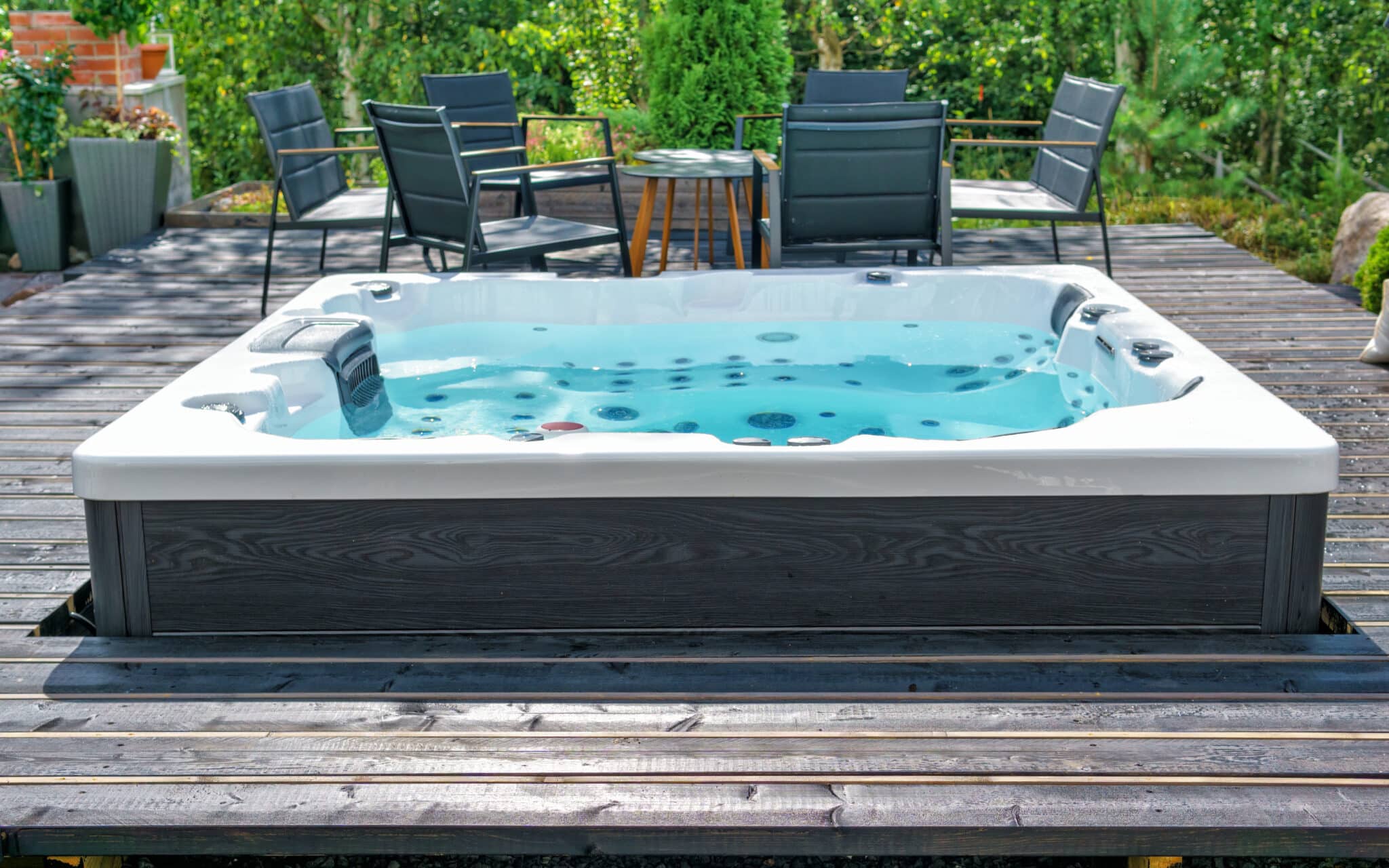
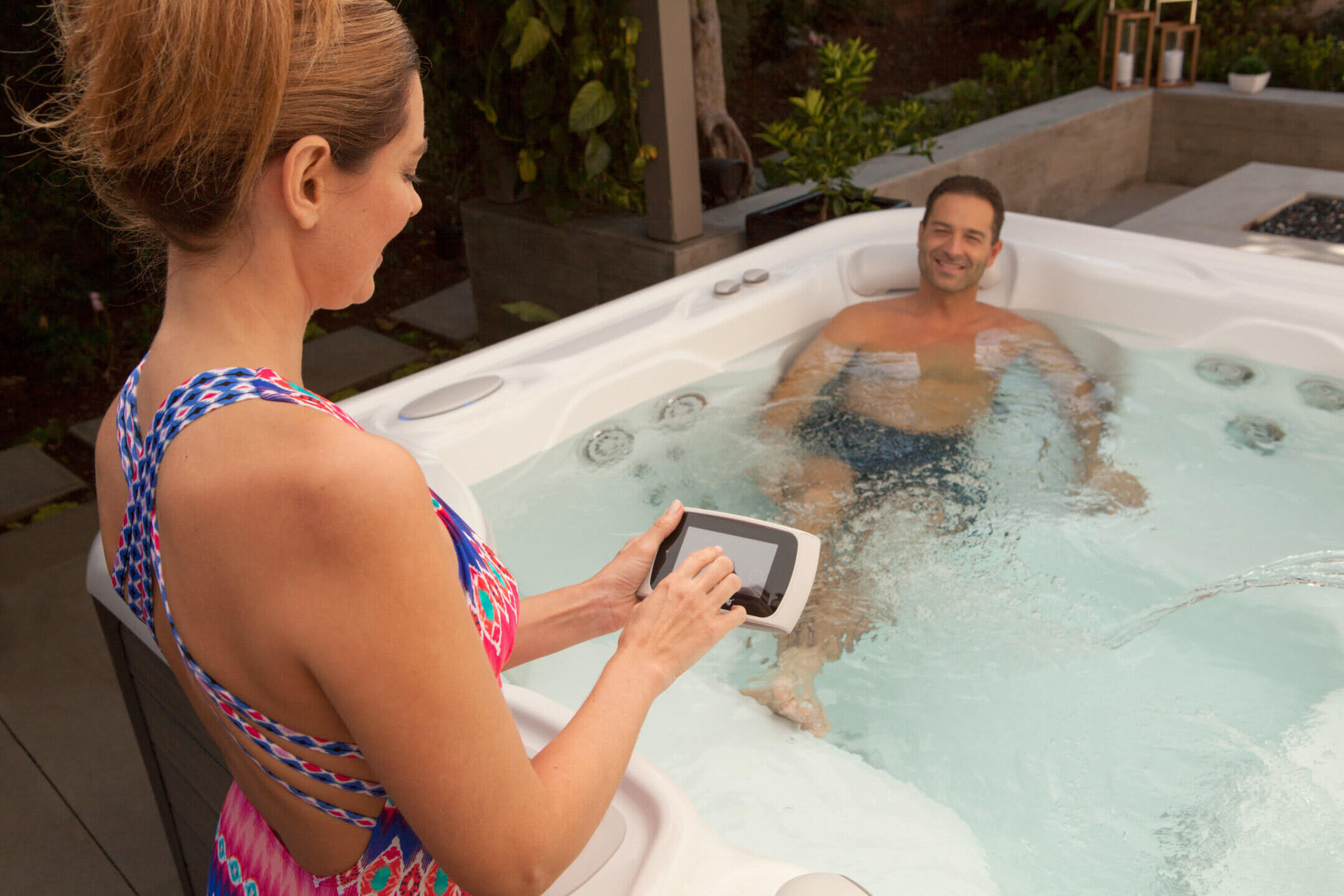
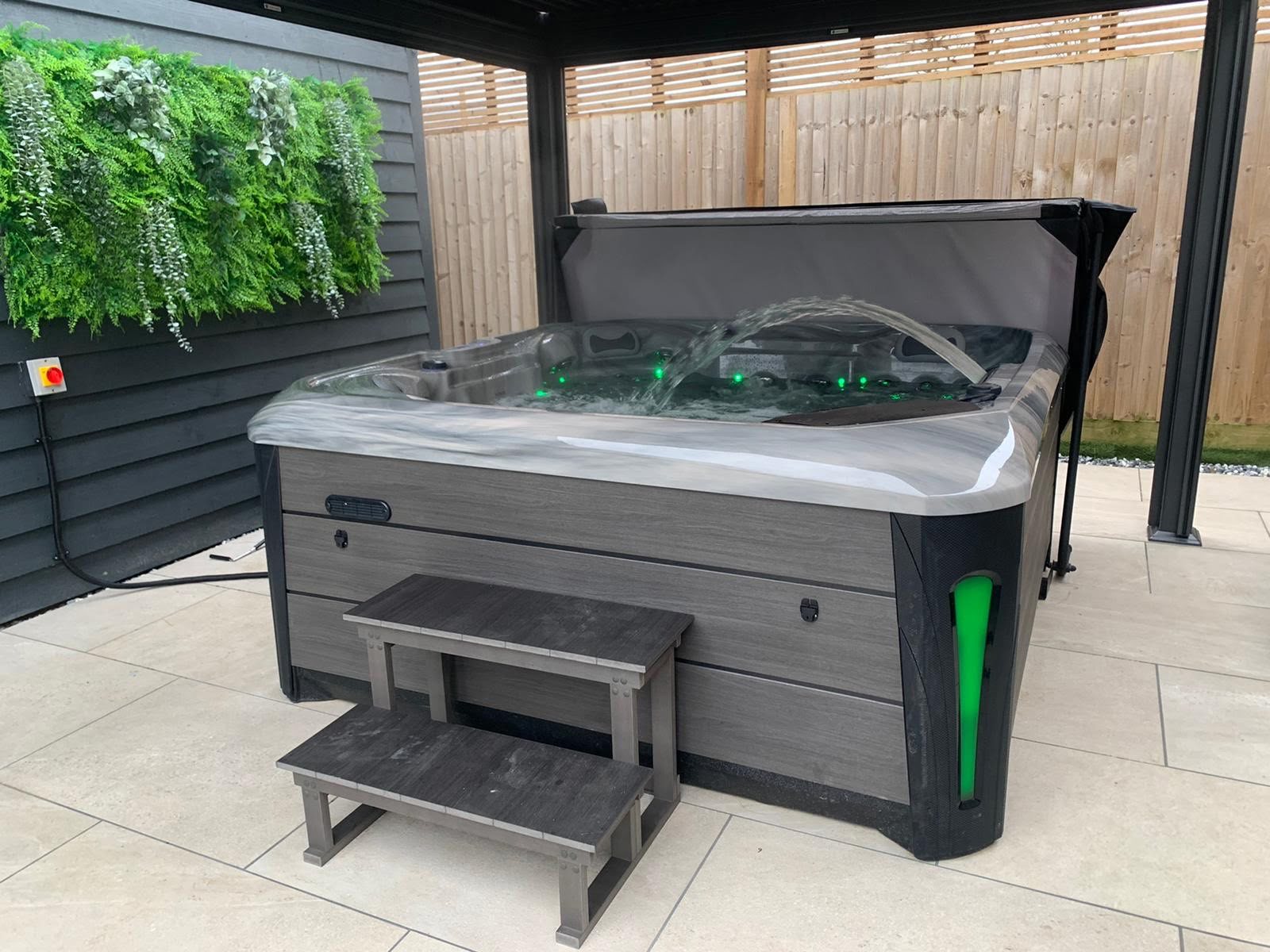
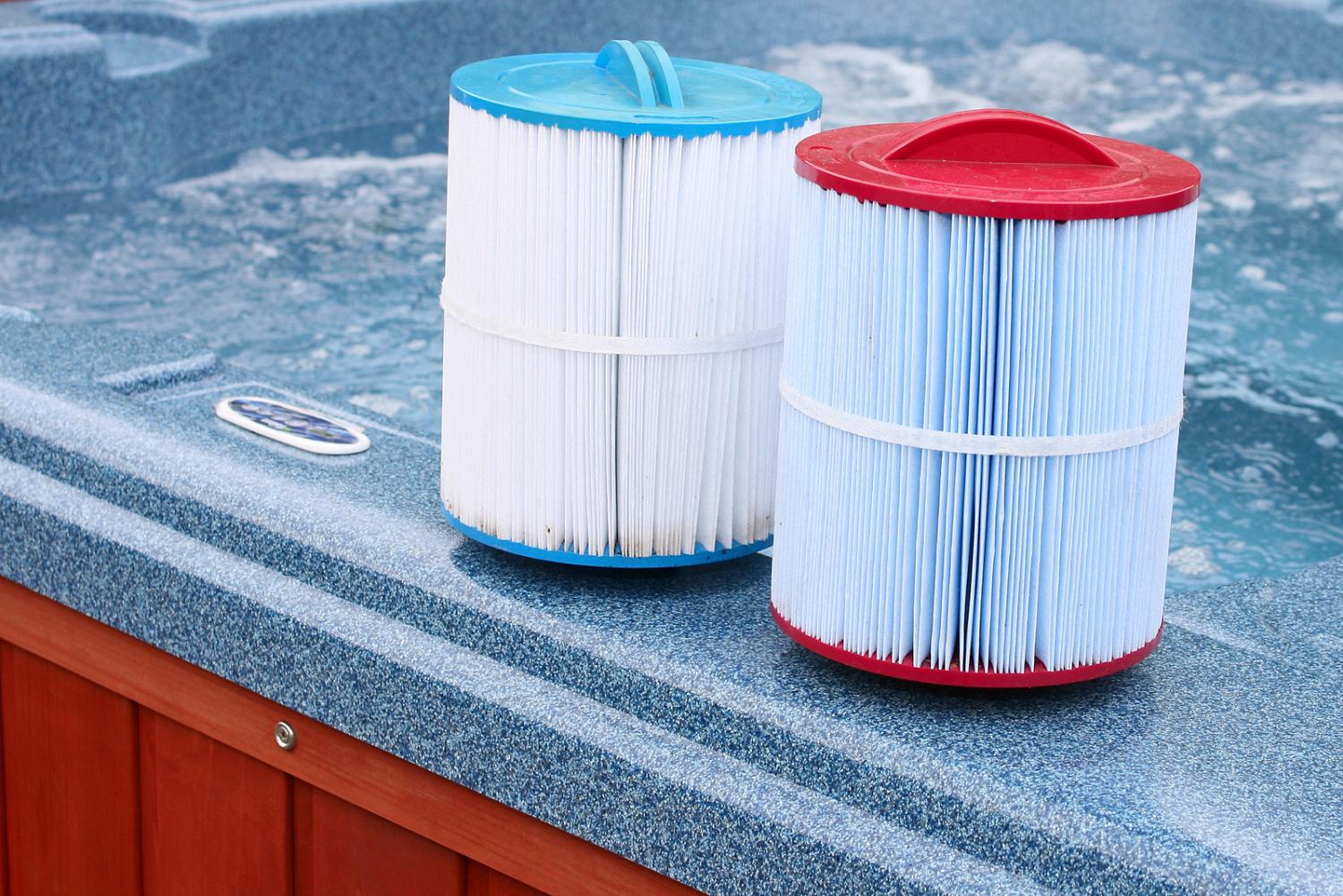
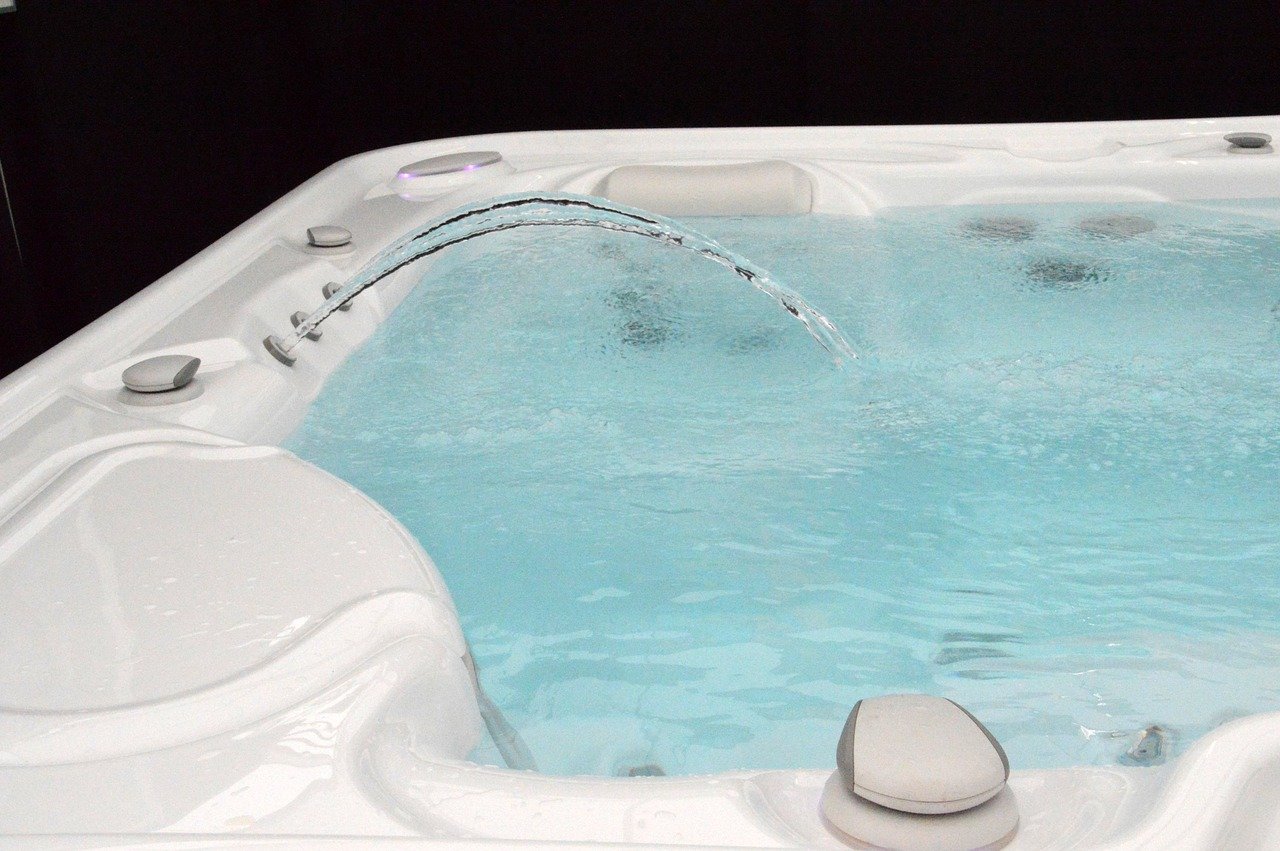
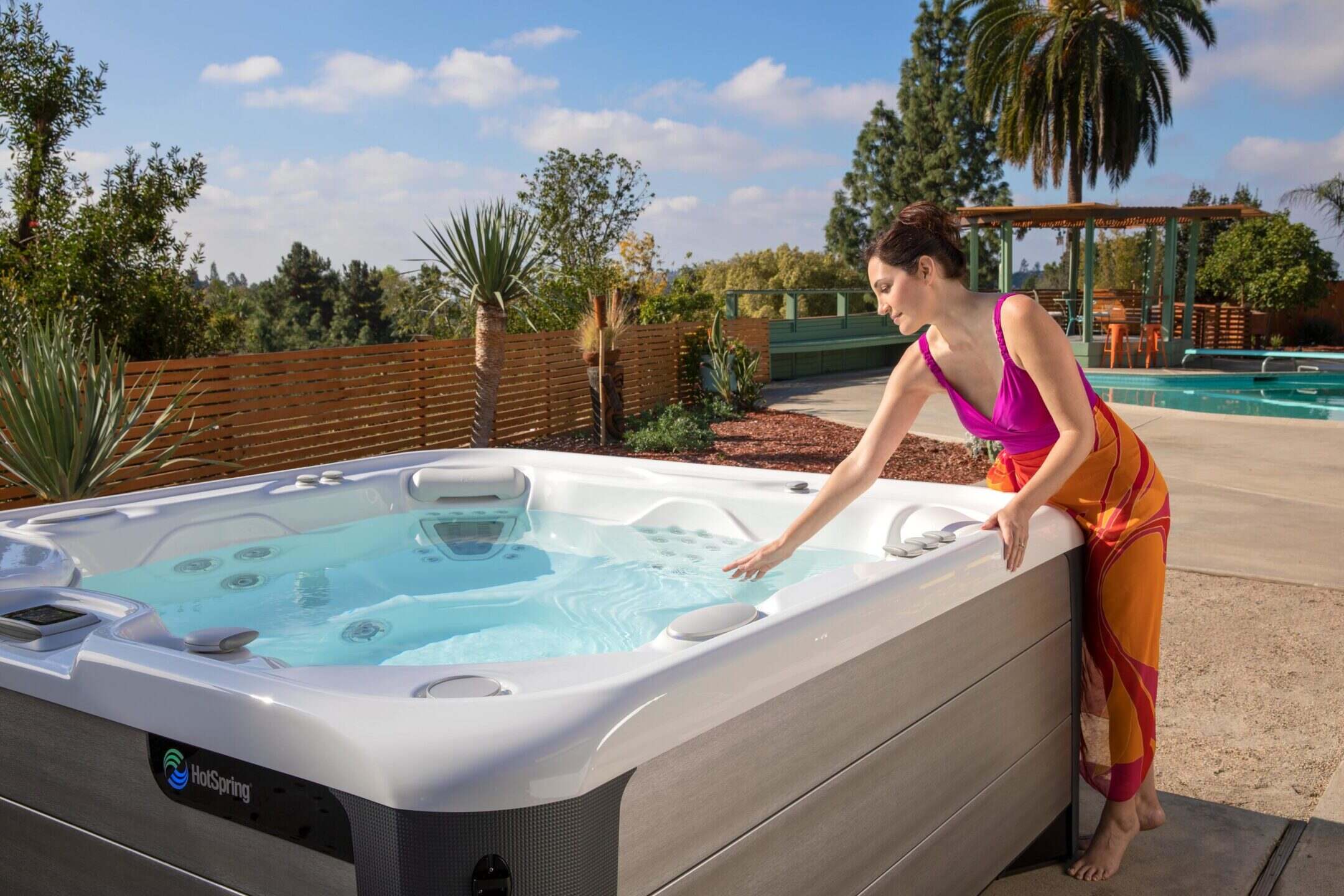
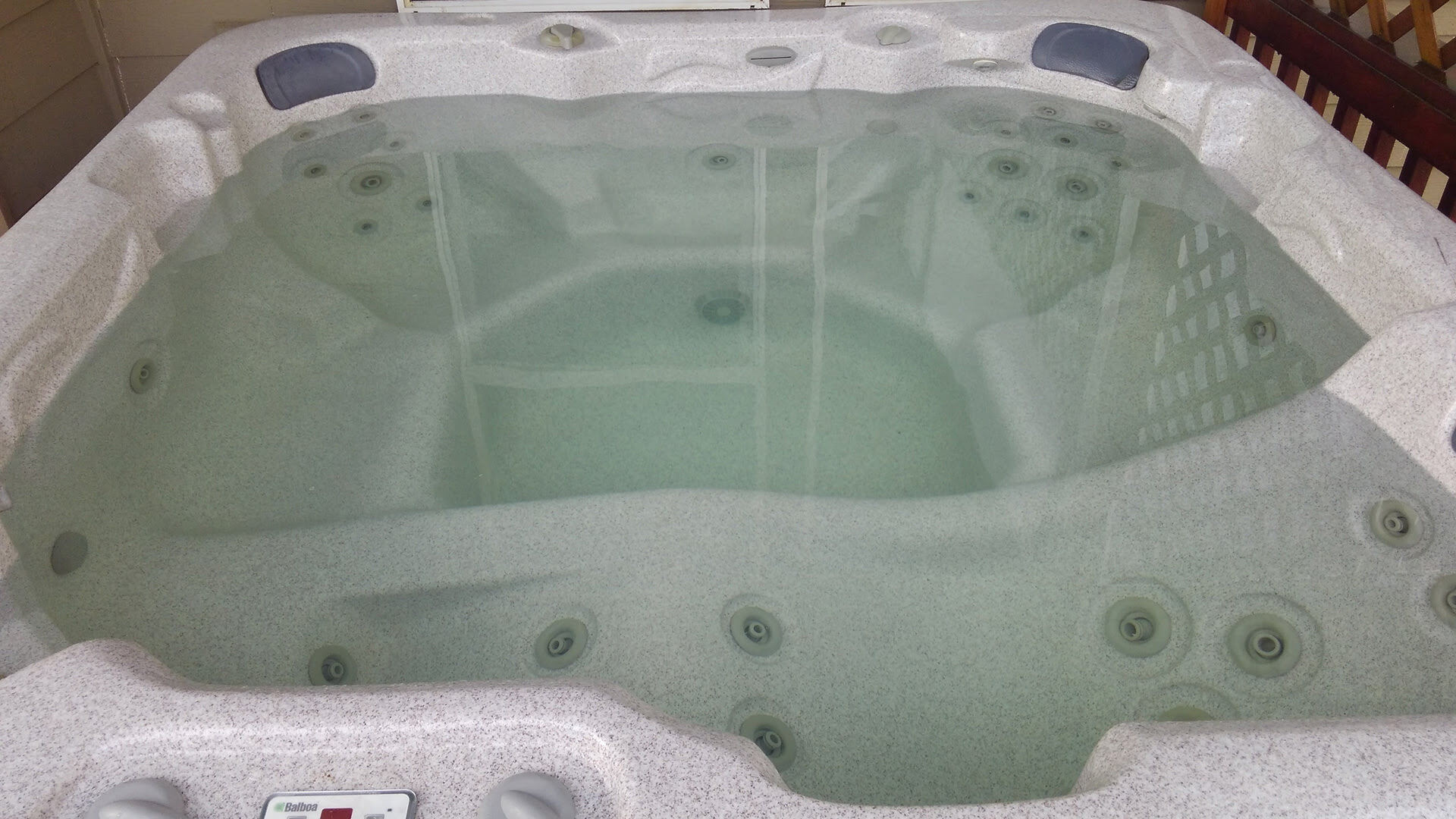
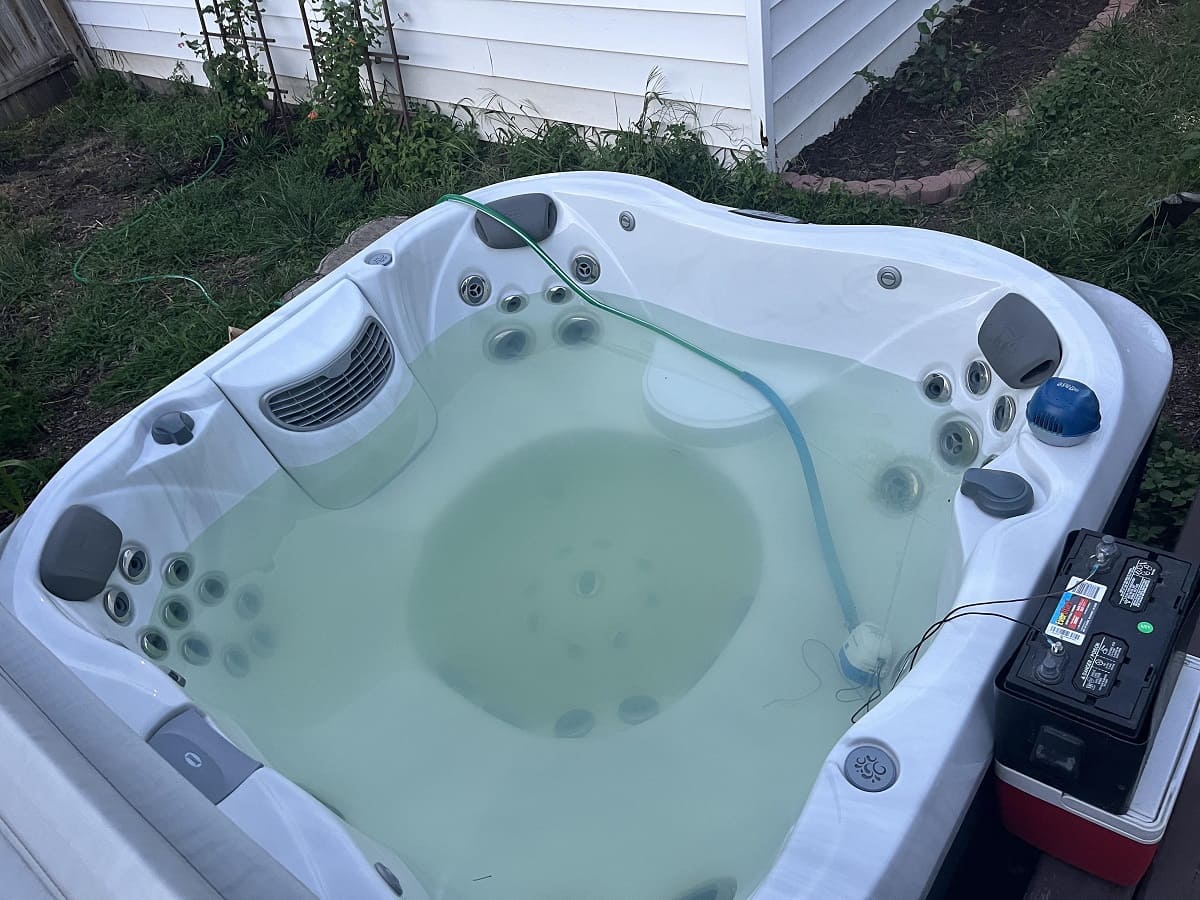
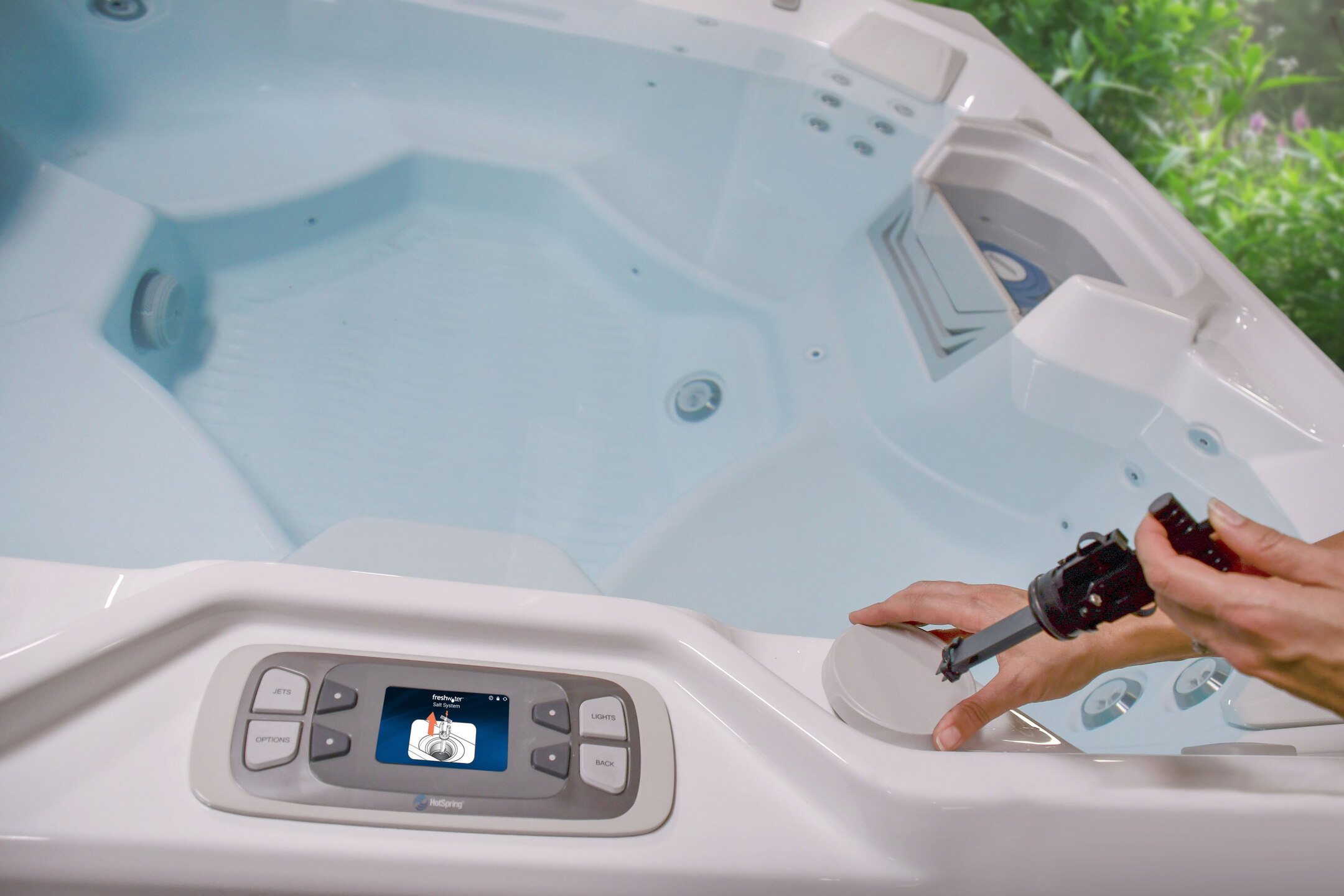
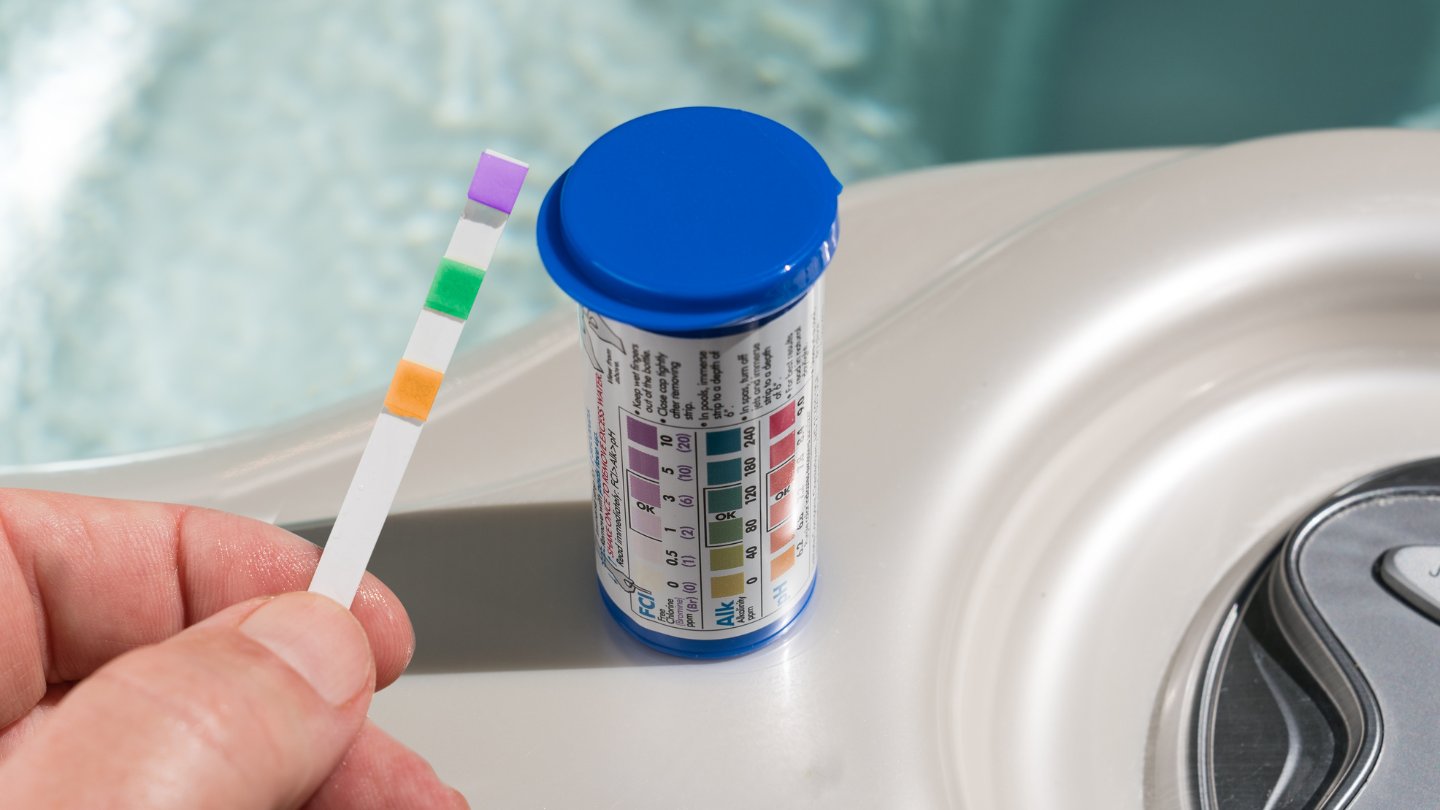
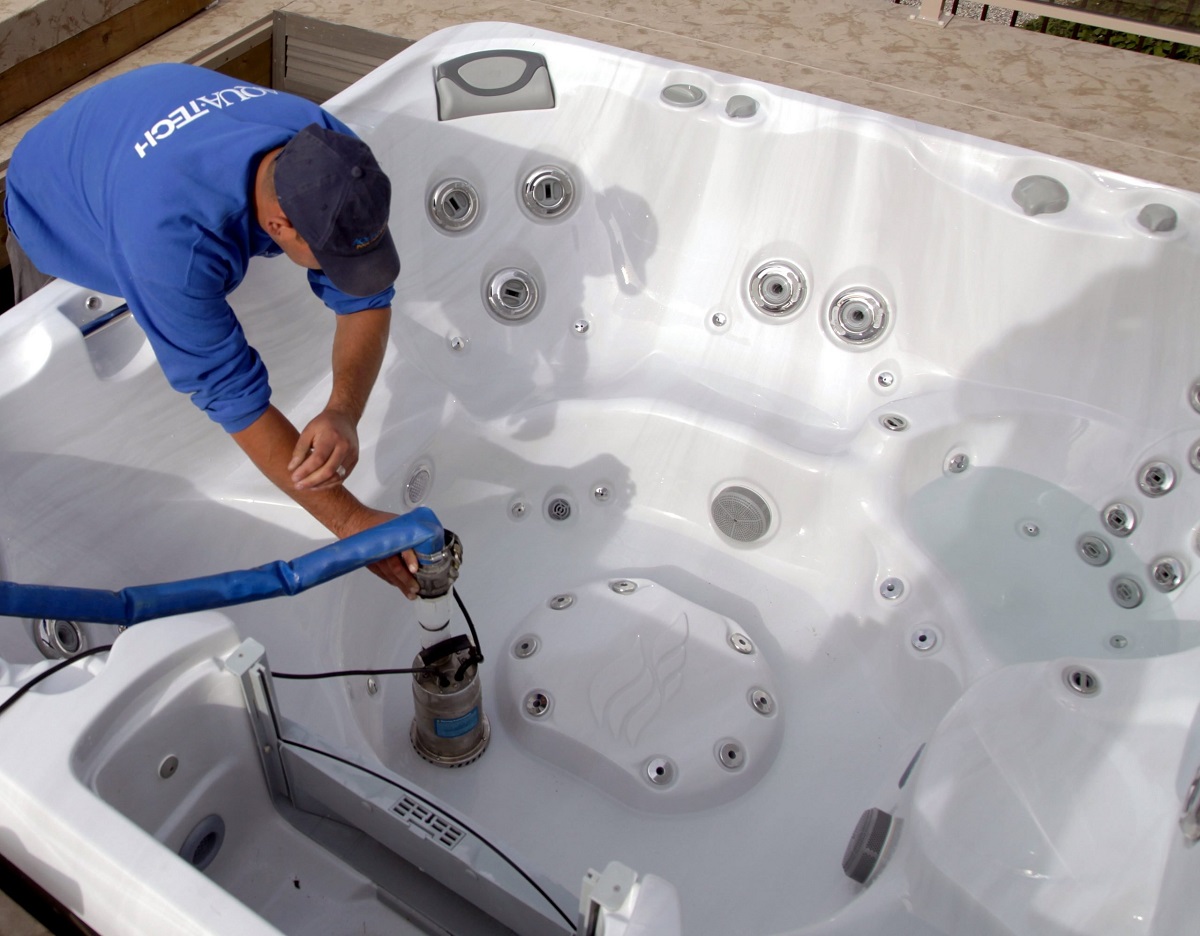
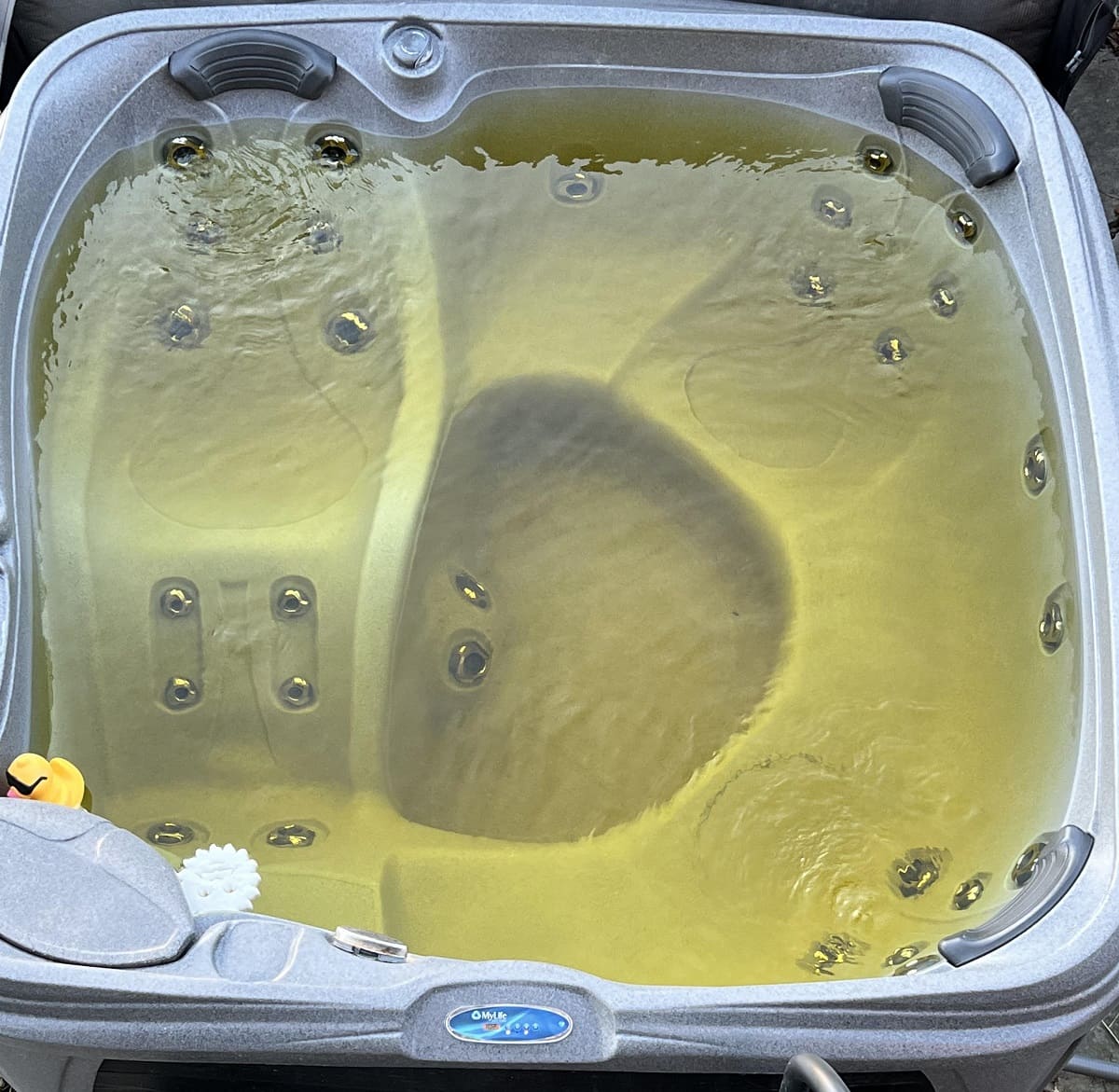
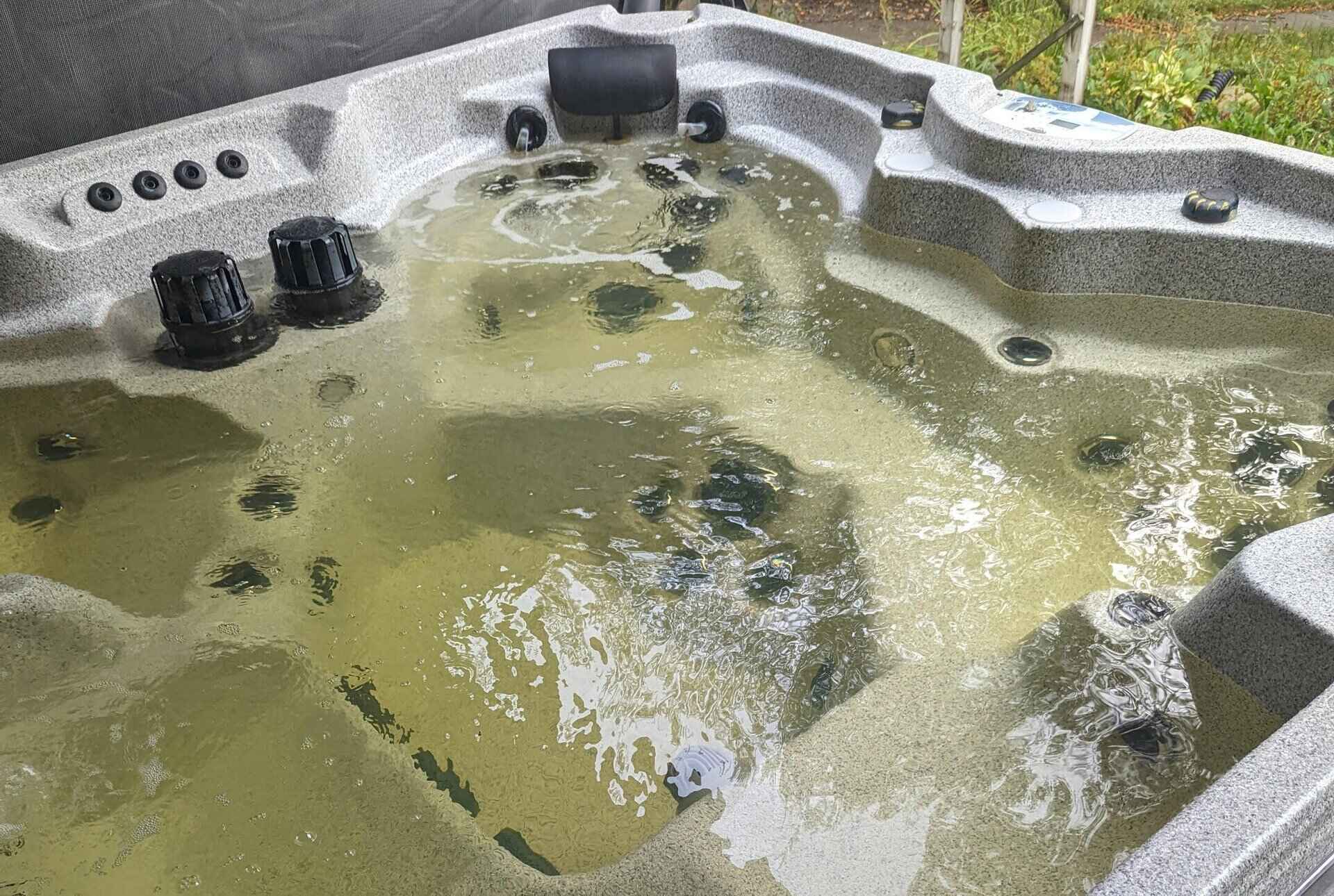
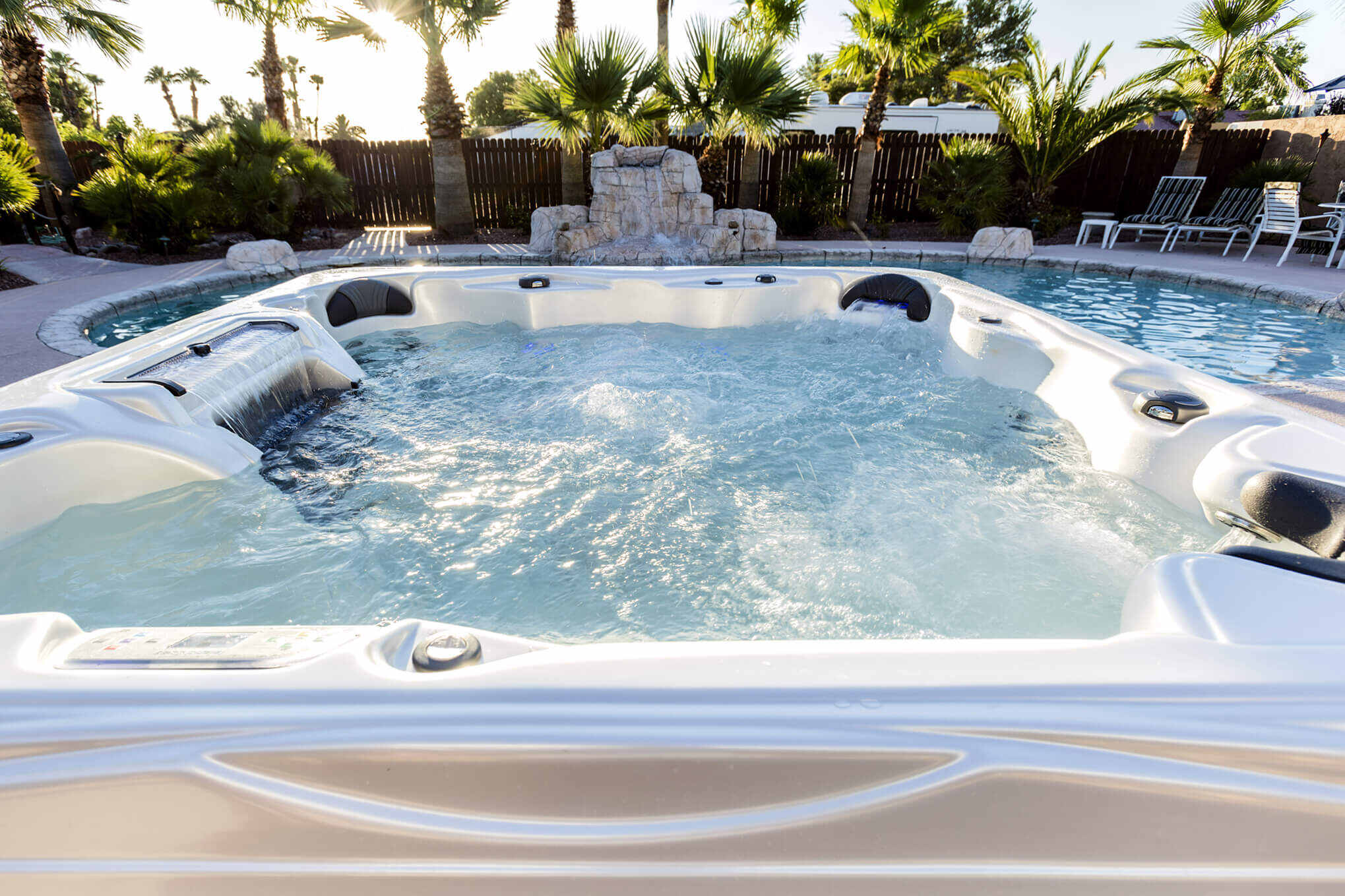

0 thoughts on “How To Change Hot Tub Water”